AISH ASSETS
Assets are valuable items such as cash, securities and investments, stocks, shares, bonds, inventory, equipment, real estate, vehicles, and other property. When determining eligibility for AISH, the value of assets of an applicant, client and cohabiting partner are taken into consideration. As AISH uses assets to determine eligibility, applicants, clients, and their cohabiting partner are required to declare their assets and provide appropriate documentation to substantiate the value of those assets.
AISH classifies assets as either exempt (not counted) or non-exempt (counted). As a program eligibility requirement, the total value of all non-exempt assets owned by an applicant, client, and their cohabiting partner must not exceed $100,000. The non-exempt asset limit for Personal Benefits must not exceed $5,000, except in situations of financial hardship.
Exempt assets are not counted in the $100,000 limit. These include:
- One principal residence, or one home quarter section of a farm (including buildings on the quarter section) in or on which an applicant or client resides. If the applicant or client is residing in a facility or institution, one principal residence where his or her cohabiting partner or dependent child principally reside.
- One vehicle that is not primarily used as a recreational vehicle. One vehicle adapted for the disability of the applicant, client, cohabiting partner, or dependent child if required for the disability.
- A Locked-In Retirement Account (LIRA), Life Income Fund (LIF), Locked-In Retirement Income Fund (LRIF).
- A Registered Disability Savings Plan (RDSP).
- The value of any assets that are held in trust in which an applicant, client or cohabiting partner is named as a beneficiary.
- Clothing and reasonable household items.
- A pre-paid funeral.
- Assets held by a trustee in a bankruptcy proceeding.
- A non-commutable annuity purchased on or before February 1, 2002.
- Money received, or assets purchased with that money, from specific Government payments. However, interest earned from this money is not exempt.
Money that is not considered income by AISH.
- The money is exempt for 12 months from the date an applicant, client or cohabiting partner receives the money.
- The exemption is intended to give applicants, clients and cohabiting partners time to invest the money into an exempt asset.
- Assets exempted by a director if it is disposed of within the time specified by the director.
Note
Per capita distribution (PCD) payments issued to members of the Tsuu T’ina First Nation under the Calgary Ring Road Agreement must be forwarded to the Director for consideration of an exemption.
Non-exempt assets are all other assets the applicant, client, and their cohabiting partner have.
The assets of an incorporated business are legally separate from its shareholders. The assets of an incorporated business are not a factor in determining eligibility for AISH benefits. However, all shares of an incorporated business owned by a client or cohabitating partner are considered an asset and may affect eligibility for AISH benefits.

 Become a Member
Become a Member login
login




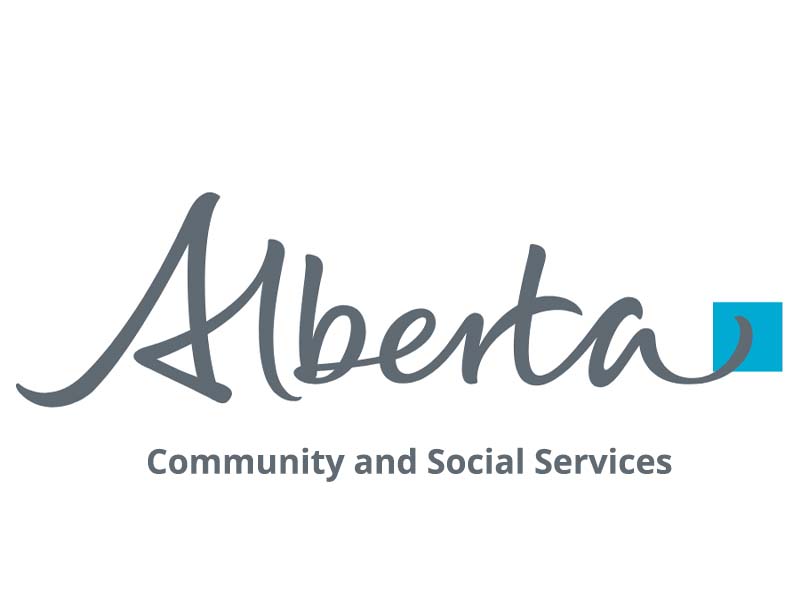
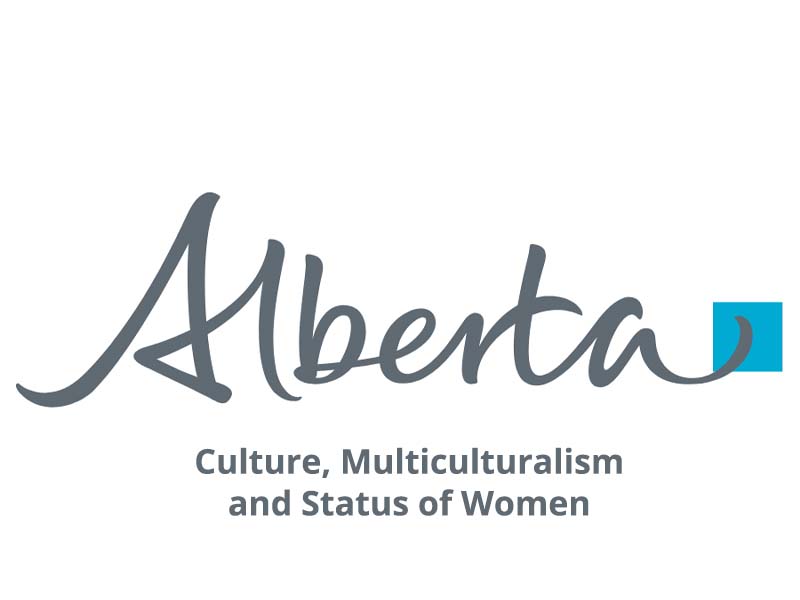


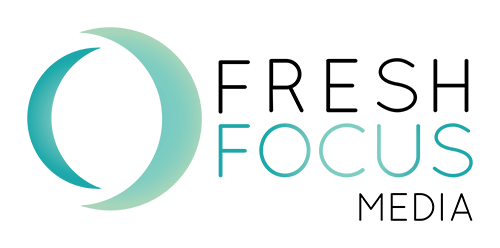

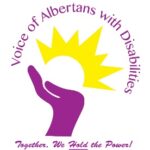















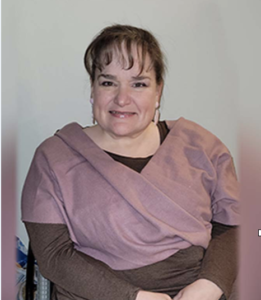


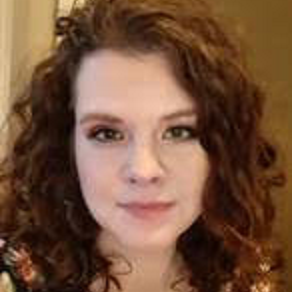

4 Comments
I am the father of the son ,JEFF, who suffers from Schizophrenia for 30 years and is a recipient of AISH.
He received 40 K from the FED DISABILITY FUND, under the auspices of PRIME MINISTER HARPER.
His Bank says he cannot touch a penny of this Deposit,until he reaches aet 60. True or False.. This is critical for us.
my understanding is that with an RDSP, funds can be accessed at 60 only. You would have to speak with a financial adviser to get the correct information. Your financial institution should be able to answer your questions.
Thank you, We have many more questions
Our many friends in Sz Society of AB are not clear on exempt and non exempt, and TRUST ACCOUNTS. Help.
Thank you for contacting VAD. You will have to speak with a financial adviser to get specific information about trust accounts. VAD can help with some information about what is exempt and not exempt, however the AISH generalists can best answer any questions about specific inquires.